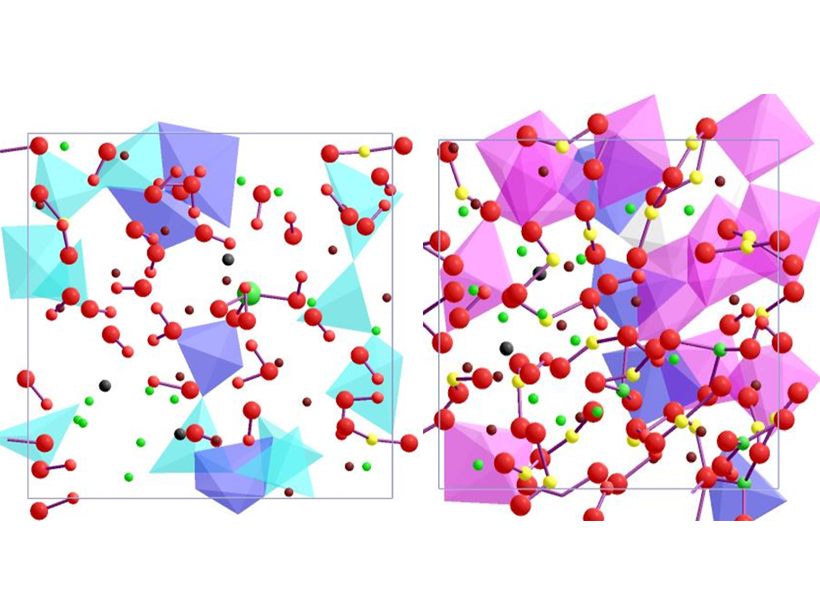Source: Geophysical Research Letters
H2O is notorious for having a solid phase (ice) that is less dense than the melt (water), making ice float in water. But what happens when H2O is added to silicate melts in the Earth’s interior at pressures near the core-mantle boundary? Would such melts sink, or float?
Du et al. [2019] used sophisticated molecular dynamics simulations to determine the atomic-scale structures and density of iron-rich, hydrous silicate melts at pressure-temperature conditions mimicking those near the base of the Earth’s mantle. They found that partial melts of mantle rock containing several weight percent of water can be denser than the bulk solid left behind in the lowermost mantle and therefore should sink, instead of float.
The results can potentially explain seismologically observed slow and dense structures on the core-mantle boundary with further implications for the cycling of water and other volatiles in the Earth’s deep interior throughout its evolution.
Citation: Du, Z., Deng, J., Miyazaki, Y., Mao, H.‐k., Karki, B. B., & Lee, K. K. M. [2019]. Fate of hydrous Fe‐rich silicate melt in Earth’s deep mantle. Geophysical Research Letters, 46. https://doi.org/10.1029/2019GL083633
—Steven D. Jacobsen, Editor, Geophysical Research Letters
Text © 2019. The authors. CC BY-NC-ND 3.0
Except where otherwise noted, images are subject to copyright. Any reuse without express permission from the copyright owner is prohibited.

